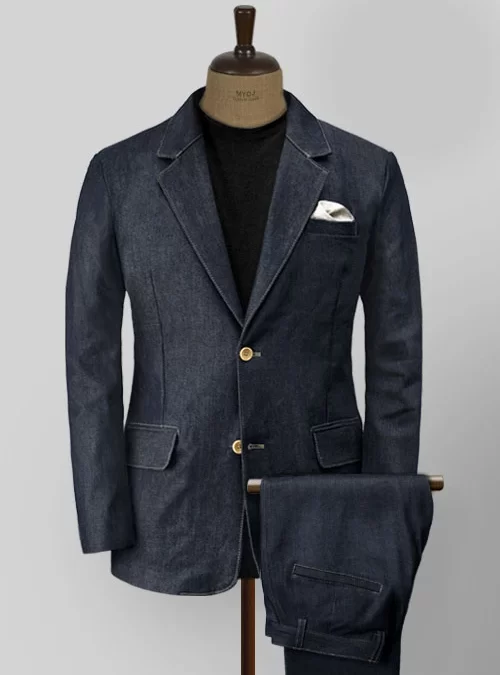
by MakeYourOwnJeans | Denim Suit |
If you’re tired of wearing the same ordinary suit day after day, perhaps it’s time to upgrade to a denim suit. It’s a smart investment that will take your personal style to the next level. You can wear a denim suit to black tie dinners, weddings, business events and more. Most if not all formal occasions, in fact, will support a denim suit. However, there are several things you need to know about denim suits to take advantage of their stylish appearance. What Is a Denim Suit? A denim suit is a formal outfit consisting of a pair of denim trousers and a denim suit jacket. You’ll typically want to wear it with a dress shirt. You can also accessorize a denim suit with a tie. Regardless, a denim suit consists of two garments: a pair of denim trousers and a denim suit jacket. Wearing these two garments together will result in a formal outfit. All suits feature a pair of trousers and a jacket. Denim suits are simply characterized by their denim construction. They aren’t made of wool, linen, corduroy or other materials. Denim suits live up to their namesake by being made of denim. They are made of the same type of denim as jeans. You can always build your own denim suit by purchasing a pair of denim trousers and a denim jacket separately. As long as both garments are formal, you can wear them together to build your own denim suit. But an easier solution is to buy a denim suit. Denim suits consist of both denim trousers and a denim suit jacket. By purchasing...
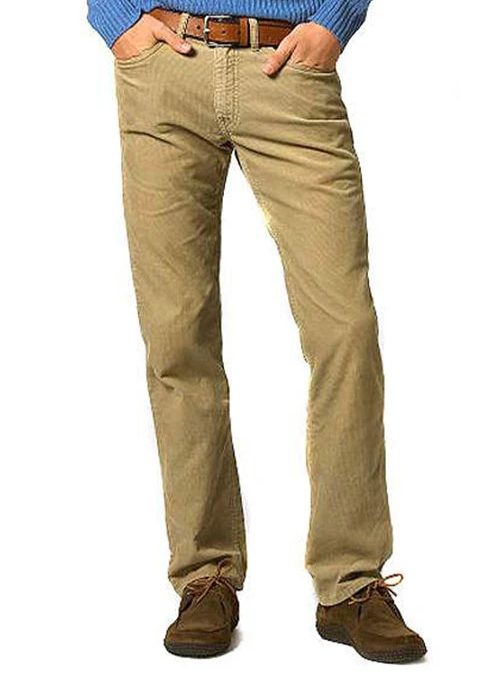
by MakeYourOwnJeans | Fashion |
Corduroy pants offer a timeless style that looks amazing in nearly all casual outfits. They are characterized by a corduroy construction. While there are many different types of corduroy pants, they are made of corduroy. Corduroy is a textile that features raised ridges known as “cords.” All corduroy pants feature cords. If you run your hand over the surface of a pair of corduroy pants, you’ll feel these cords. Nonetheless, there are many different types of corduroy pants. To take advantage of their timeless style, you’ll need to choose the right corduroy pants. Choose a Soft Fabric You should choose corduroy pants made of a soft fabric. Corduroy pants, of course, are made of corduroy, but they still require a specific fabric. Corduroy is simply a textile with cords. Corduroy is still derived from a particular fabric. For a comfortable fit, you should choose corduroy pants made of a soft fabric. Some corduroy pants are made of cotton. Cotton corduroy is an all-around great choice. It’s soft, lightweight, machine washable and hypoallergenic. Other corduroy pants are made of wool. Wool is a thicker and warmer fabric, making it preferable during the fall and winter months. Regular vs Stretch Corduroy There are regular corduroy pants, and there are stretch corduroy pants. Regular corduroy pants are made of entirely of corduroy, such as cotton or wool corduroy. Stretch corduroy pants, on the other hand, are made of a combination of corduroy and an elastic fabric. The Corduroy Stretch Jeans sold here at MakeYourOwnJeans, for instance, are made of stretch corduroy. They contain 97% cotton and 3% lycra. Lycra is an elastic...
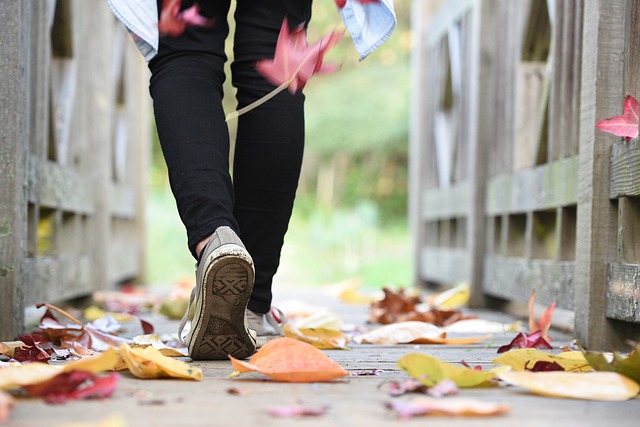
by MakeYourOwnJeans | jeans |
If you own a pair of vintage jeans, you’ll need to maintain them. Jeans can last for well over a decade when properly maintained. With their denim construction, they aren’t susceptible to premature wear and tear. Well-maintained jeans can offer many years of use. Vintage jeans, however, may require a little extra TLC than new jeans. Vintage jeans are characterized by their old age. They are older than new jeans, so they’ve already been exposed to regular use. You can still make them last, but there are several things you should and shouldn’t do when caring for vintage jeans. Do Regularly Inspect for Fraying You should regularly inspect your vintage jeans for fraying. Fraying involves the denim material unraveling or otherwise coming apart. With the exception of distressed jeans, most jeans shouldn’t fray. Nonetheless, wearing the same pair of jeans day after day may result in them fraying. Fraying typically occurs at the bottom of the pant legs or around the knees. If you allow your vintage jeans to drag on the ground, for instance, they may fray at the bottom. Once they begin fraying, they’ll quickly degrade. Therefore, it’s a good idea to regularly inspect your vintage jeans for fraying. Do Wash in Cold Water When it’s time to wash your vintage jeans, choose the cold water setting on your washing machine. Cold water is gentler than hot water. The temperature of hot water inside of a washing machine can reach up to 130 degrees Fahrenheit. All of that heat can stress your vintage jeans while potentially weakening them. By choosing the cold water setting, you can protect...
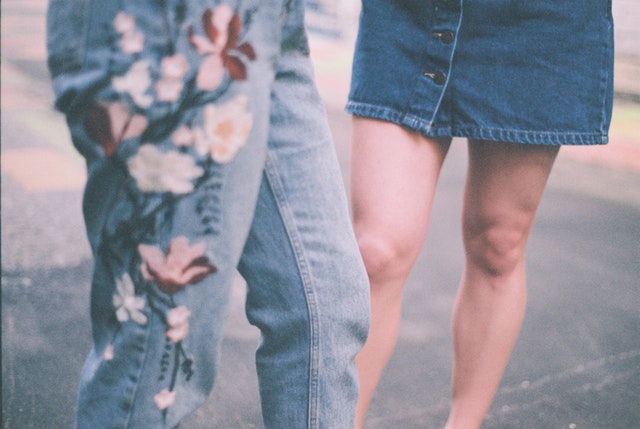
by MakeYourOwnJeans | Denim Skirts |
Denim skirts are a popular choice of women’s apparel during the summer. They are soft, hypoallergenic, durable and easy to maintain. Best of all, they offer a traditional appearance that’s easy to integrate into your outfits. All denim skirts are made of denim. Denim is a cotton-based material in which the weft goes under two or more warp threads. When most people think of denim, they envision jeans. For over a century, jeans have been made of denim. But denim is used to make other garments, including skirts. If you’re thinking about buying a denim skirt, there are several mistakes you should avoid making. #1) Choosing Non-Enzyme Washed Don’t make the mistake of choosing a non-enzyme washed denim skirt. Some denim skirts are washed in an enzyme solution during production, whereas others are not. Enzyme-washed denim skirts offer many advantages over their non-enzyme washed counterparts. When washed in an enzyme solution, denim skirts become softer. The enzyme solution will soften the denim material while subsequently making it less scratchy. At the same time, it will pre-shrink the denim material. The bottom line is that enzyme-washed denim skirts are softer and better protected against shrinkage than non-enzyme washed denim skirts. #2) Assuming All Denim Skirts Are the Same There are different types of denim skirts. Most of them fall under one of two categories: plain denim or stretch denim. Plan denim skirts are characterized by a construction consisting entirely of denim. They don’t contain any other material or materials. Rather, plain denim skirts are made entirely of denim. Stretch denim skirts, on the other hand, are made of denim and...
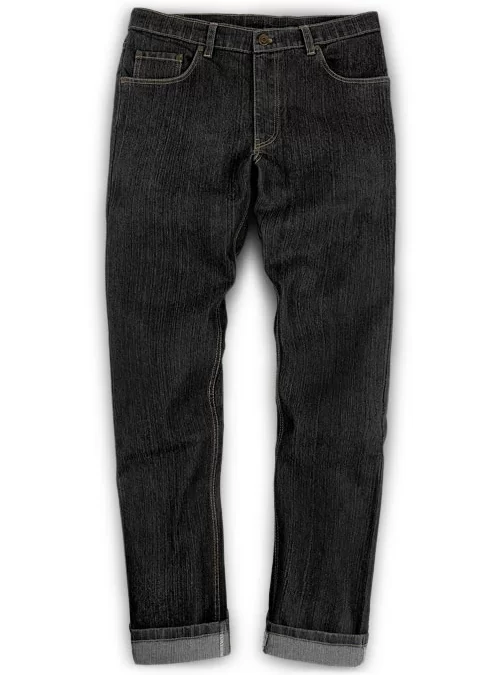
by MakeYourOwnJeans | jeans |
Jeans are available in dozens of different styles. While you might be familiar with some of these styles, others may go unnoticed. Cross hatch, for instance, is a lesser-known style. When viewed from afar, they may look like an ordinary pair of jeans. Cross hatch jeans, however, are distinguished from all other styles of jeans with their weaving pattern. What are cross hatch jeans exactly, and why should you choose them? Overview of Cross Hatch Jeans Cross hatch jeans are characterized by their weaving pattern. They feature weave structures originating from the weft and warp. You can find cross hatch jeans in different colors and cuts. Regardless, they all have a similar weaving pattern. With cross hatch jeans, the weave structures originate from the weft and warp threads. Cross Hatch Jeans vs Traditional Jeans All jeans are made of denim. Cross hatch jeans are still made of the same cotton-based denim as traditional jeans. The difference lies in their weaving pattern. Traditional jeans feature a weaving pattern in which the weft goes under two or more weft threads. Cross hatch jeans, on the other hand, feature a weaving pattern in which the weave structures originate from both the weft and warp threads. Another difference between cross hatch jeans and traditional jeans is that the former is typically lighter than the latter. Cross hatch jeans are still available in different colors. Most of them, though, feature a lighter tone than traditional jeans. If you prefer the appearance of soft, light-colored jeans, you may want to go with cross hatch. For a darker tone, you should probably stick with traditional jeans....
















